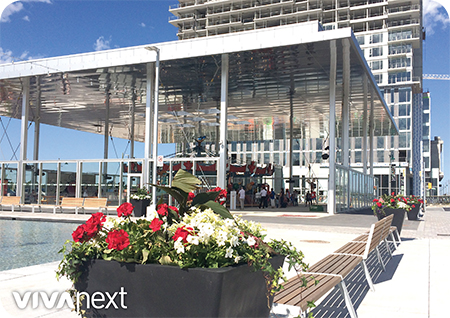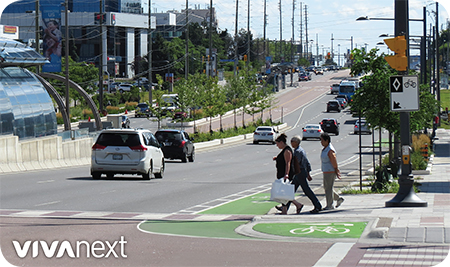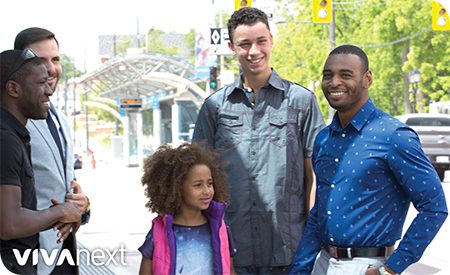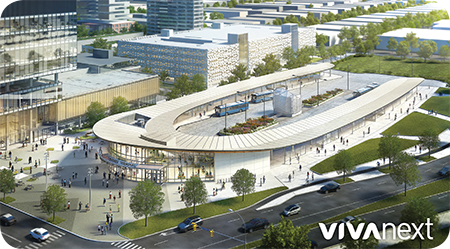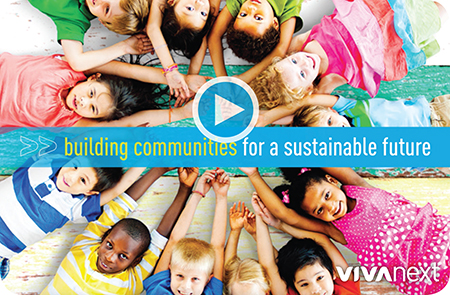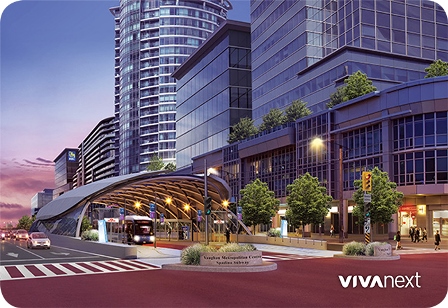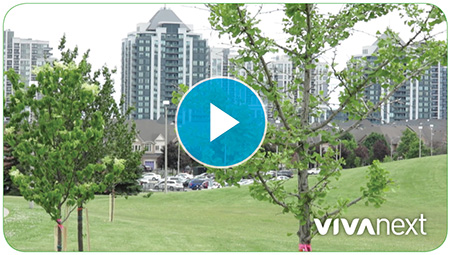Having at least one feature park is a hallmark of a great city. Central Park in New York, Stanley Park in Vancouver and High Park in Toronto – they’re all natural gathering places. We go there on a hot summer day to find some shade or a splash pad, and on a snow day we go there to skate or make a snowman. Parks make our towns and cities more appealing places to live and work, so it’s important to have them right in the centre of things, where we can get to them easily by taking transit, walking or cycling.
Green parks are beautiful, and a refreshing change from the indoors, but there is also something to be said for the more activity-oriented parks and parkettes. In Markham, Toogood Pond and Milliken Mills are full of picturesque trees and ponds, but the Pride of Canada Carousel in the heart of Downtown Markham also offers a fun diversion from everyday life. If you don’t live right around the corner from these, you can get there on YRT or Viva.
In Newmarket, Fairy Lake Park and the Mabel Davis Conservation Area provide green places to gather for sports and culture, connected by the Tom Taylor and Nokiidaa Trails and meeting in the middle at the Riverwalk Commons, where people gather for concerts and events throughout the year. Mabel Davis and the Tom Taylor Trail can be reached via the new Viva yellow route on Davis Drive, and on the south end of town, YRT will get you there.
In Richmond Hill, Lake Wilcox Park has cultural and culinary events most summer weekends, and is a stone’s throw from the new Oak Ridges Community Centre and Pool. A short walk west from the Viva blue route on Yonge Street is Mill Pond Park – the heart of Richmond Hill’s downtown and host to concerts and neighbourhood festivals all year.
Parks can be activity-focused too, such as Vaughan Grove Sports Park in Woodbridge, offering several soccer and baseball fields just south of Viva and YRT routes on Highway 7. On the northeast corner of Highway 7 and Jane Street, Vaughan Metropolitan Centre will be adding one more important development to this already bustling construction area: an urban park. Edgeley Pond and Park will be in the middle of commercial and residential developments – a place welcoming to all who will live and work there. With a rapidway on Highway 7, the northernmost station of the Spadina subway line and a bus terminal at Highway 7 west of Jane, this park will be connected in all directions.
As we start to see a hint of the spring weather to come, let’s remember how important it is to have great parks, connected by great transit.

